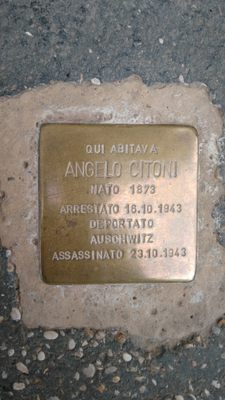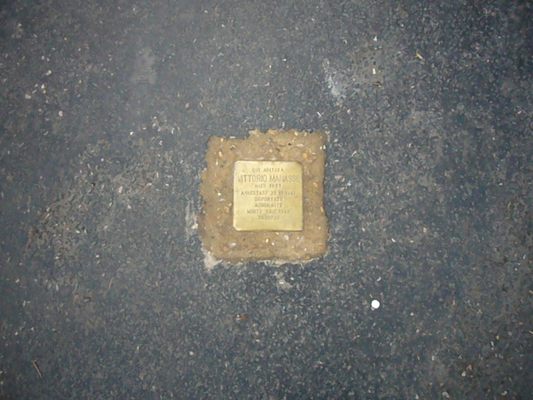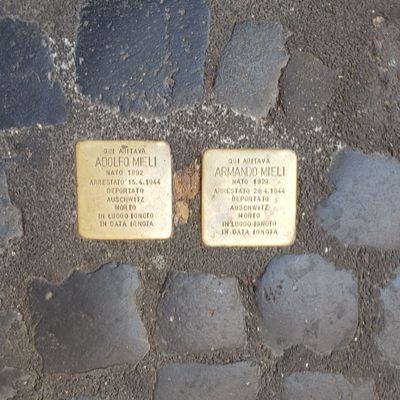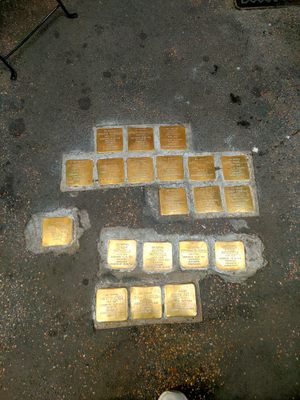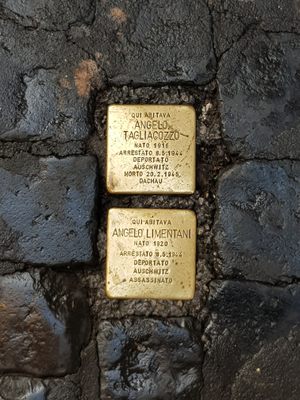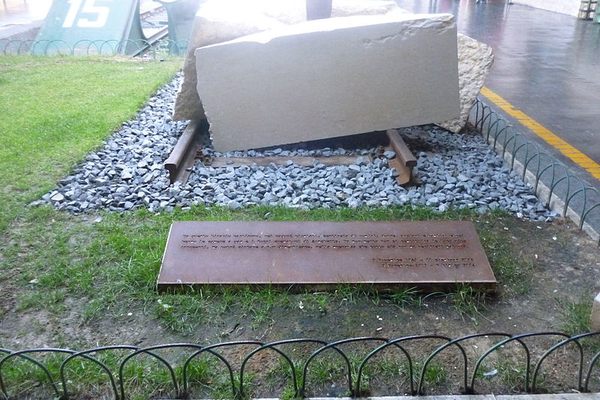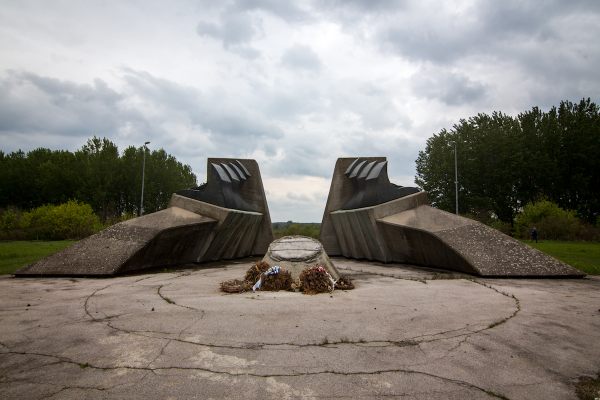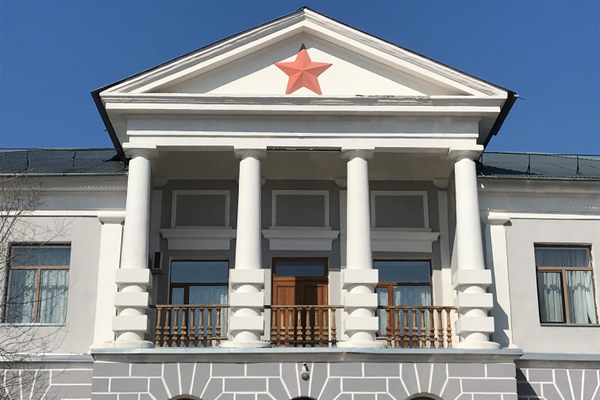About
These conspicuous brass-plated cobblestones often come as a surprise to those meandering through the sunny streets of Rome's old Trastevere district. Closer inspection reveals a simple inscription: the name of a Holocaust victim, and details of their death.
First conceived by the artist Gunter Demnig in Cologne in 1992, the "Stolpersteine," German for "stumbling stones," are a very different kind of Holocaust memorial. They personalize the tragedy, marking the specific place where the victim lived or worked before being forced from their home and sent to extermination camps.
There are more than 200 of the mini memorials in Rome, called pietri d'inciampo here, Italian for "stumbling stone." You'll find many of the cobbles outside doorways in the old Jewish Quarter, sometimes grouped together with one stone for each member of a family. They are tragic reminders of the former residents who were deported from Italy—Jews as well as Romani people and many other innocents deemed enemies of the Nazi regime.
The Roman cobblestones are part of an ongoing project started by Gunter Demnig. There are now more than 70,000 of the tiny brass squares in 24 countries, and in 20 languages. The idea is that stumbling upon the shiny cobbles forces you to look down in respect, and devote a moment to pause and reflect on those dark years.
Related Tags
Flavors of Italy: Roman Carbonara, Florentine Steak & Venetian Cocktails
Savor local cuisine across Rome, Florence & Venice.
Book NowCommunity Contributors
Added By
Published
July 13, 2018
